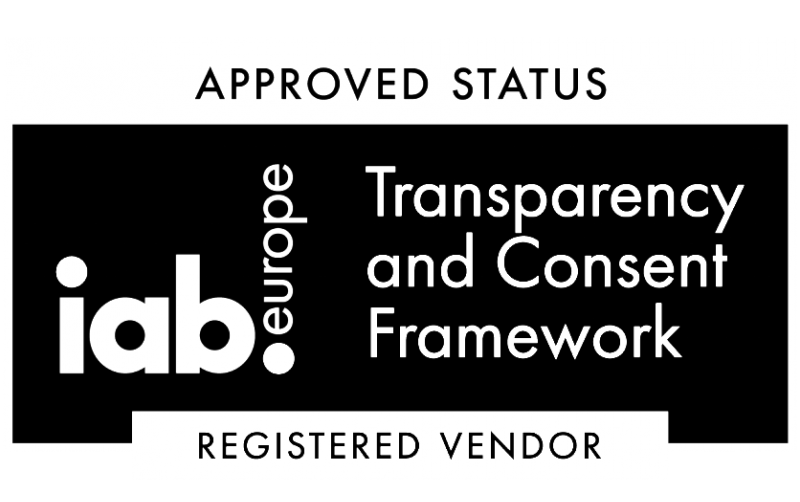Digital Interoperability: Bridging Gaps and Unlocking New Opportunities

In today’s hyper-connected world, we navigate a digital landscape that is both vast and fragmented. We use dozens of apps and platforms daily, but they often operate in isolated silos, creating “walled gardens” that limit user choice and stifle innovation. The key to breaking down these barriers is interoperability: the ability of different digital systems, services, and applications to connect and exchange information seamlessly.
This concept is no longer a niche technical debate. Driven by new regulations like the European Union’s Digital Markets Act (DMA), interoperability is becoming a central strategic issue for the entire tech industry. It presents a paradigm shift that carries significant challenges but also unlocks a universe of opportunities for consumers, developers, and businesses alike.
What Exactly is Digital Interoperability?
At its core, interoperability is the principle that allows technology to “talk” to itself. It’s the capacity for systems to exchange and effectively use information. However, true interoperability goes beyond simple data transfer. It can be understood on several levels:
– Syntactic Interoperability: Systems share a common data format and communication protocol. They speak the same technical language.
– Semantic Interoperability: Systems share a common understanding of the meaning of the data being exchanged. They not only speak the same language but also comprehend the same context.
– Organizational Interoperability: Business processes, policies, and legal frameworks are aligned to facilitate seamless data exchange between different organizations.
Achieving all three levels is the holy grail for creating a truly open and connected digital ecosystem.
The Main Challenges on the Horizon
The path to widespread interoperability is not a simple one. It is paved with significant technical, security, and strategic obstacles.
First and foremost are the technical complexities. Creating standardized APIs and protocols that allow vastly different platforms to communicate effectively is a monumental task. It requires industry-wide collaboration to build frameworks that are robust, scalable, and secure.
This leads directly to the second major challenge: security and data privacy. Opening up previously closed systems can create new attack vectors. How can platforms share data while guaranteeing user privacy, preventing breaches, and complying with regulations like GDPR? Ensuring encrypted, authenticated, and authorized data exchange is non-negotiable.
Finally, there is considerable resistance from the “gatekeepers.” The business models of many tech giants are built on the network effects of their closed ecosystems. Forcing them to open up is a direct threat to their market dominance. A clear example is Apple’s recent appeal against the EU’s decision to designate its iMessage service as a “gatekeeper” product under the DMA, demonstrating the legal and strategic battles that lie ahead.
A World of Opportunities: Why It’s Worth the Effort
Despite the hurdles, the benefits of an interoperable digital world are immense and transformative.
For users, the most immediate benefit is a dramatically improved experience and greater choice. The upcoming changes to WhatsApp, mandated by the DMA, are a prime example. Soon, users may be able to send and receive messages from other platforms like Signal or Telegram directly within WhatsApp, breaking down communication barriers and giving users the freedom to choose their preferred app without losing contact with their network.
For the market, interoperability is a powerful engine for competition and innovation. By lowering the barriers to entry, smaller companies and startups can develop new services that integrate with established platforms. This fosters a more dynamic and competitive environment, preventing the formation of monopolies and encouraging new business models to emerge. The push for interoperability in European payments, for instance, aims to create a unified system that can compete globally, driving collaboration and innovation in the FinTech sector.
Looking further ahead, interoperability is a foundational requirement for next-generation technologies. The future of the metaverse depends entirely on it. For a true open metaverse to exist, users must be able to move their avatars, digital assets, and identity seamlessly between different virtual worlds, regardless of who built them.
The Collaborative Path Forward
Interoperability is much more than a technical challenge; it is a strategic and philosophical shift in how we build our digital future. Overcoming the barriers will require a concerted effort from regulators, industry leaders, and developers.
The journey will be complex, involving delicate negotiations on standards, security, and business models. However, the destination—a more open, innovative, and user-centric digital ecosystem—is undoubtedly worth the effort. By embracing collaboration, we can move from a world of digital islands to a connected continent of boundless opportunity.
Stay tuned!

- Contacto DPO: privacy@telecoming.com
- Finalidad del tratamiento: suscripción al blog.
- Legitimación del contrato: consentimiento.
- Destinatario de cesiones o transferencias: no se efectúan transferencias de datos fuera de la UE.
- Derechos de las personas interesadas: acceso, rectificación, supresión, oposición, limitación del tratamiento, portabilidad de los datos e interposición de reclamación ante la AEPD.



